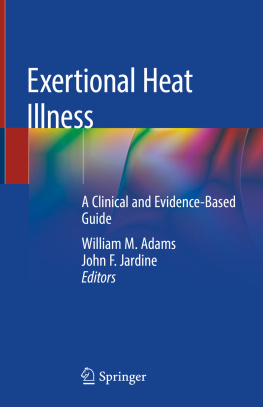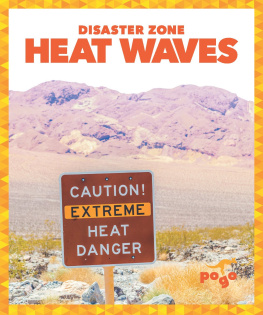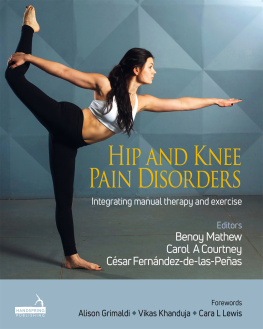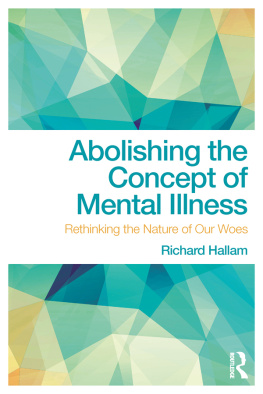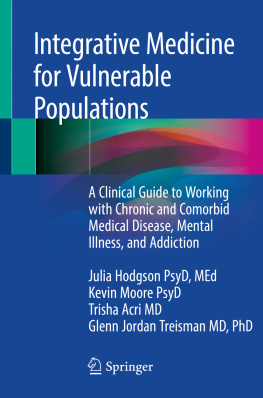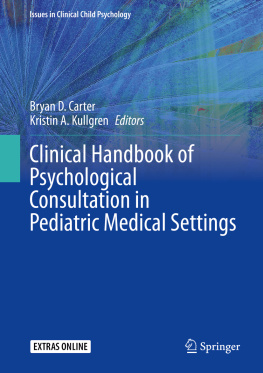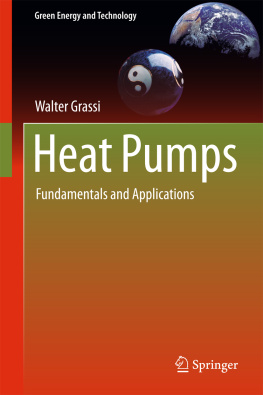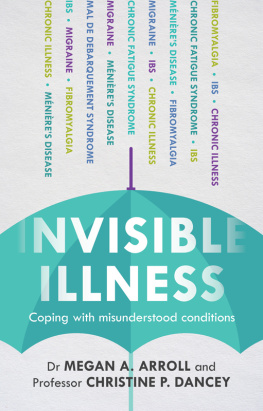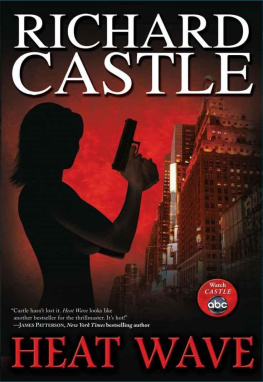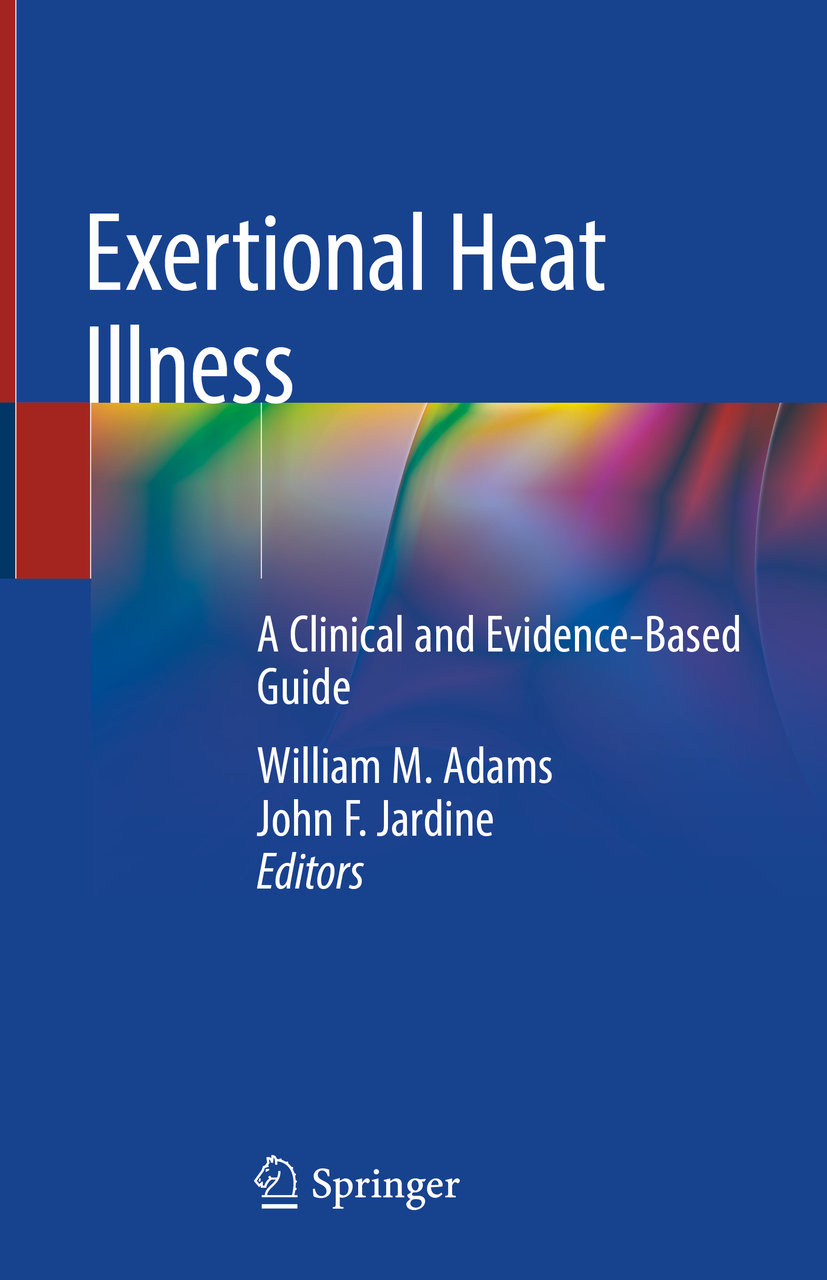Editors
William M. Adams and John F. Jardine
Exertional Heat Illness
A Clinical and Evidence-Based Guide
Editors
William M. Adams
Department of Kinesiology University of North Carolina at Greensboro, Greensboro, NC, USA
John F. Jardine
Korey Stringer Institute, University of Connecticut, Storrs, CT, USA
ISBN 978-3-030-27804-5 e-ISBN 978-3-030-27805-2
https://doi.org/10.1007/978-3-030-27805-2
Springer Nature Switzerland AG 2020
This work is subject to copyright. All rights are reserved by the Publisher, whether the whole or part of the material is concerned, specifically the rights of translation, reprinting, reuse of illustrations, recitation, broadcasting, reproduction on microfilms or in any other physical way, and transmission or information storage and retrieval, electronic adaptation, computer software, or by similar or dissimilar methodology now known or hereafter developed.
The use of general descriptive names, registered names, trademarks, service marks, etc. in this publication does not imply, even in the absence of a specific statement, that such names are exempt from the relevant protective laws and regulations and therefore free for general use.
The publisher, the authors, and the editors are safe to assume that the advice and information in this book are believed to be true and accurate at the date of publication. Neither the publisher nor the authors or the editors give a warranty, expressed or implied, with respect to the material contained herein or for any errors or omissions that may have been made. The publisher remains neutral with regard to jurisdictional claims in published maps and institutional affiliations.
This Springer imprint is published by the registered company Springer Nature Switzerland AG
The registered company address is: Gewerbestrasse 11, 6330 Cham, Switzerland
This book is dedicated to my wife, Ami. Her constant and undying love and support is unfathomable, and I would not be where I am today without her. To my parents, I cannot thank them enough for raising me to become who I am today. To my sisters, Jeanelle and Sarah, their accomplishments throughout life have been truly admirable, and I am proud to be their brother.
William M. Adams
This book is lovingly dedicated to my wife, Diane, who has provided the support and encouragement for me to believe in myselfI couldnt have done any of this without her. To my daughter, Anna, who is about to embark on her college journey, believe in yourself and be patient. You, too, will find your passion.
John F. Jardine
Preface
The idea for this book arose from collaborative work and many conversations that we have had with friends and colleagues who share an interest on the topic of exertional heat illness. Having a resource such as this available for clinicians and scientists is essential for disseminating the knowledge necessary to enhance the health and safety of the physically activefirst, to provide them with a current and comprehensive overview of the prevention, recognition, treatment, and care of the various medical conditions that fall within the realm of exertional heat illness, and second, to provide a setting-specific (i.e., athletics, military, occupational, and road race medicine) discussion on exertional heat illness for the consideration of the medical providers working in these settings.
As medicine has evolved, and as it will continue to evolve, we have and will continue to garner new knowledge on how to reduce the risk of mortality and morbidity from a variety of pathologies afflicting the worlds population. Exertional heat illness is unique in that it can appear in generally healthy and physically active individuals. The most severe form, exertional heat stroke, is life-threatening and requires immediate triage and care to optimize survival. What is fascinating about the topic of exertional heat illness, particularly exertional heat stroke, are the vast historical accounts of this condition, some dating back to the Roman Empire, that in some instances have shaped the course of history. As clinicians and scientists have begun to pursue the various facets of exertional heat illness, we have gained a deeper understanding of the etiology and pathophysiology involved, the complexities of which continue to steer the path for future research.
While we as clinicians and scientists have a better understanding of how to reduce risk, but more importantly, to ensure survival from exertional heat stroke, we are continually plagued with news from mass media surrounding young, seemingly healthy and fit individuals (i.e., athletes, laborers, and soldiers) dying from this survivable condition. The recent deaths of athletes Jordan McNair from the University of Maryland; Braeden Bradforth from Garden City Community College, Garden City, Kansas; Zach Polsenberg from Riverdale High School in Fort Myers, Florida; and other notable and highly profiled cases such as Korey Stringer and Max Gilpin are just a few among many young individuals who have succumbed to a medical condition that would have been 100% survivable had the appropriate policies and procedures been in place at the time of their collapse.
We believe this book provides clinicians and scientists at all levels of training and experience a practical, yet thorough, review of exertional heat illness that can be used as a resource to guide them in their practice/research. We also hope that this text can act as a conduit for medical providers from various fields of medicine (athletic training, emergency medical services, emergency room physicians, sports medicine and primary care physicians, etc.) who may encounter exertional heat illness to work closely together to guarantee that current evidence-based practices for the appropriate management and care of exertional heat illness are consistent and seamless throughout healthcare.
William M. Adams
John F. Jardine
Greensboro, NC, USA Storrs, CT, USA
Acknowledgments
William M. Adams would like to acknowledge the following individuals:
First, and foremost, to all of the authors who contributed to the writing of this book. It is through their expertise on exertional heat illness as clinicians and scientists that this book was possible.
Dr. John Jardine, a great friend and colleague, for his efforts and insights as coeditor for this book. His roles as an emergency department physician and medical director of the Falmouth Road Racethe latter being where he has helped treat >350 patients with exertional heat strokeare a true testament to his dedication in ensuring that the health and safety of these athletes is prioritized.
Dr. Douglas Casa for his mentorship and the many opportunities he provided to assist in making a positive and lifelong impact for the health and safety of athletes, soldiers, and laborers. His passion on topics related to exertional heat illness and preventing sudden death in sports and physical activity is contagious and has been an inspiration for me as I continue my career as a researcher in this field. Having Dr. Casa as a friend and colleague is truly an honor.
Ms. Katherine Kreilkamp for her tireless efforts in making this book the product that it is. It was a pleasure working with her, and I hope to have the chance again in the future.

